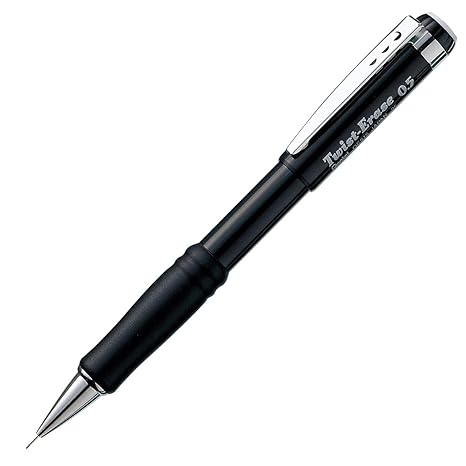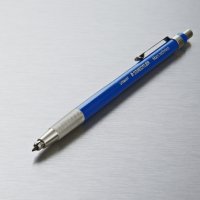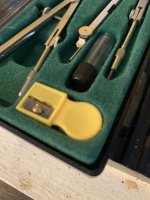For most of my life now, I've used drafting pencils, from the larger lead that you have to sharpen all the way down to the 0.3 mm, with 0.5 mm my most common. Lately, though, as blueprints become a thing of the past, I've noticed I'm using 0.7 mm more. Here you can get them in rough equivalent of a #2 pencil, and they seem popular with the the younger set. The highway plans I have to go over are electronic now, and soon we'll be completely electronic with our company maps. So, as I looked for a clean-out rod for a 0.5mm mechanical pencil, I wonder just how long will they be used.
Any thoughts? Mine are that the ones for the smaller leads and the lead holder type will vanish. Maybe things will settle on 0.7 mm. But they may already be going the way of dip pens. You can still get dip pens, of course, but they aren't used like they once were.
Any thoughts? Mine are that the ones for the smaller leads and the lead holder type will vanish. Maybe things will settle on 0.7 mm. But they may already be going the way of dip pens. You can still get dip pens, of course, but they aren't used like they once were.





